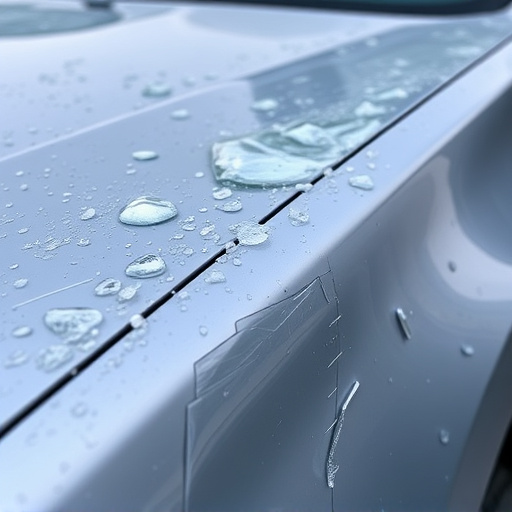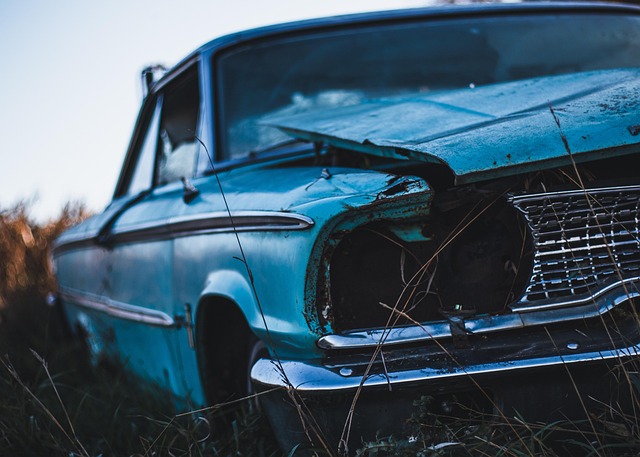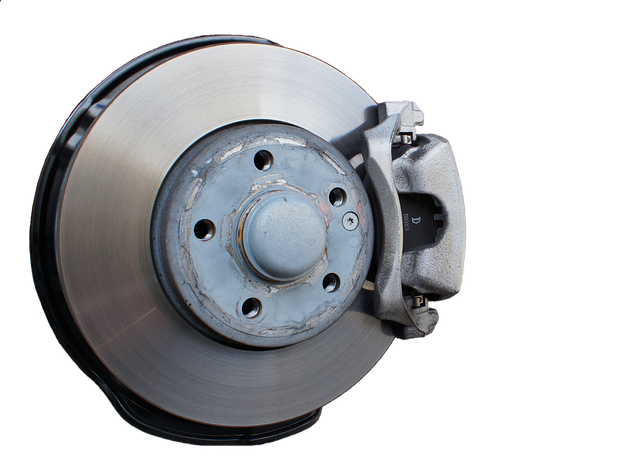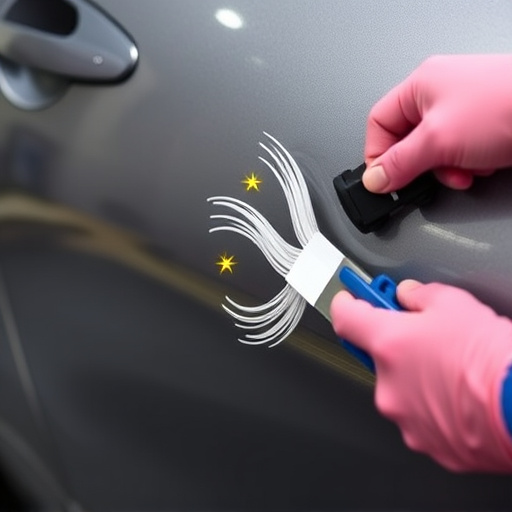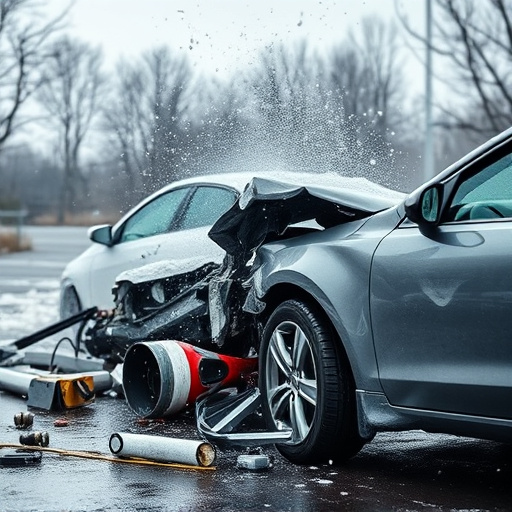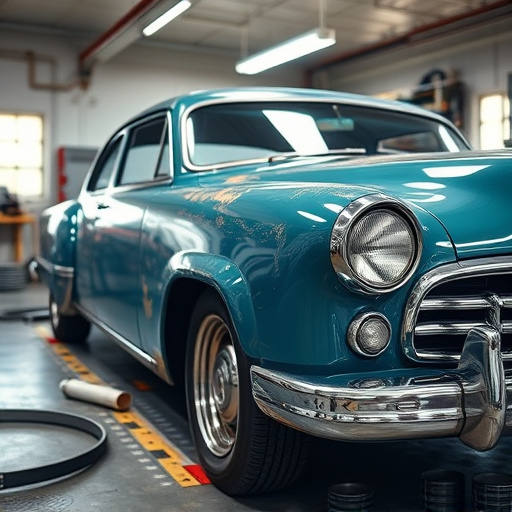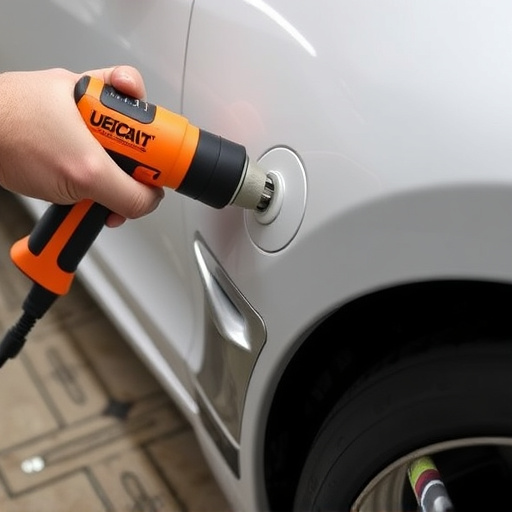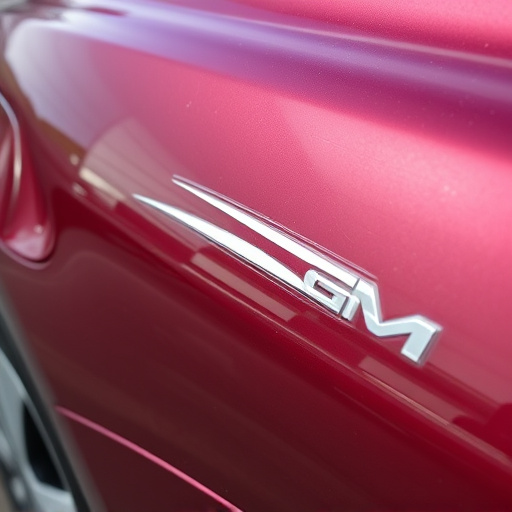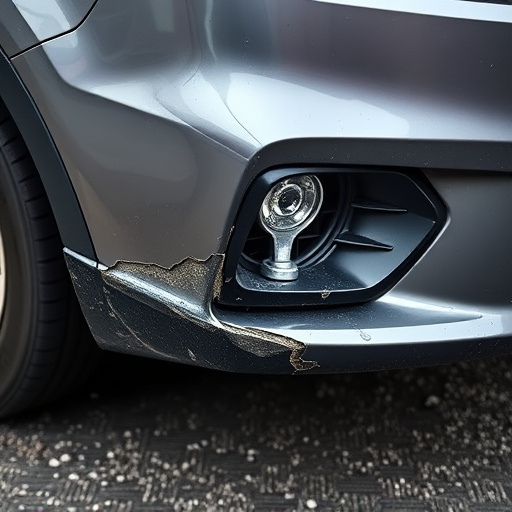Understanding paint repair warranty coverage is key to protecting your vehicle's value and aesthetics. Research policies carefully, considering scope, exclusions, and provider experience. These warranties offer peace of mind but vary in duration and protection; read fine print for details on what's covered. Regular vehicle upkeep remains crucial alongside warranty for long-term damage prevention.
In today’s world, protecting your vehicle’s finish is essential. Paint repair warranty plans offer an extra layer of defense against dents and dings. However, understanding what these plans cover and what they don’t can be tricky. This article guides you through the process, helping customers navigate the complexities of paint repair warranties. We’ll break down key questions to ask before purchasing, explore the benefits and limitations, ensuring you make an informed decision for your vehicle’s upkeep.
- Understanding Paint Repair Warranty Coverage
- Key Questions to Ask Before Purchasing
- Benefits and Limitations of These Plans Explored
Understanding Paint Repair Warranty Coverage

When considering a paint repair warranty plan, it’s crucial to understand the coverage it offers. Unlike basic auto repair services or vehicle dent repair solutions, these warranties are designed to safeguard your investment in car bodywork services. They typically cover not just the cost of repairs but also any necessary touch-ups or re-application of paint for a specified period after the initial service. This ensures that if there are any issues with the paint job, such as blisters, bubbling, or chipping, customers can receive complimentary repairs without additional charges.
Paint repair warranty plans vary in duration and scope. Some may only cover specific types of damage, while others offer comprehensive protection. It’s essential for customers to read the fine print and understand what is and isn’t covered. This includes clarifications on pre-existing conditions, maintenance requirements, and any exclusions listed in the policy. By doing so, they can make informed decisions when selecting a paint repair warranty plan that aligns with their needs and ensures peace of mind for their vehicle’s aesthetics and value.
Key Questions to Ask Before Purchasing

Before purchasing a paint repair warranty, customers should ask key questions to ensure they’re getting the best value and coverage for their needs. One crucial query is understanding what’s included in the plan—is it just surface repairs or does it extend to structural damage as well? This distinction is vital, especially when dealing with a fender bender that may not require extensive body work but still demands meticulous paint correction.
Additionally, customers should inquire about exclusionary clauses and limitations. Are there specific types of damages or conditions that are not covered? For instance, some plans might exclude repairs due to normal wear and tear or environmental factors like rust. In the case of automotive collision repair, it’s also wise to ask about the reputation and experience of the repair facility offering the warranty, ensuring they have the expertise to handle complex paint jobs for luxury brands like Mercedes-Benz.
Benefits and Limitations of These Plans Explored
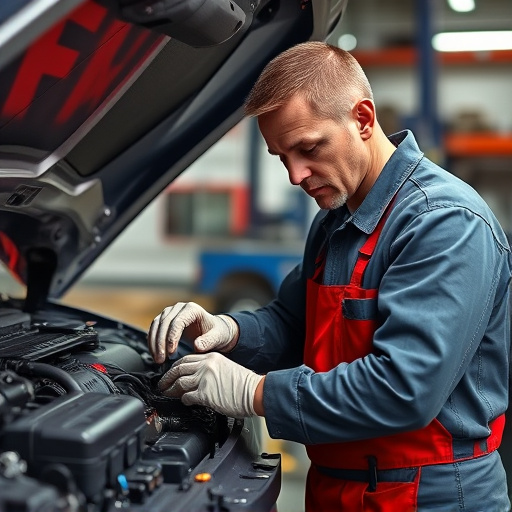
Paint repair warranty plans offer a range of benefits for customers looking to safeguard their vehicle’s appearance. These plans typically cover repairs due to defects in materials or workmanship, ensuring that your car maintains its original finish or matches the surrounding areas after repairs. This peace of mind is particularly valuable for those who value their vehicle’s aesthetic appeal and want to avoid costly, time-consuming touch-ups. Moreover, these warranties can make auto body services more accessible by offsetting expenses, making them a cost-effective option for paintless dent repair or car paint repair.
However, customers should be aware of certain limitations. Warranty coverage varies among providers, with some plans focusing on minor scratches and dents while others extend to more significant damage. Additionally, pre-existing conditions and improper vehicle maintenance might not be covered. It’s essential to read the fine print carefully to understand what is included and excluded in the paint repair warranty. Furthermore, while these plans offer protection, they do not replace the need for regular care and upkeep of your vehicle’s finish to prevent damage in the first place.
When considering a paint repair warranty, it’s crucial to weigh the benefits against limitations. By asking the right questions and understanding coverage intricacies, customers can make informed decisions that safeguard their investments. Remember, a comprehensive paint repair warranty plan can offer peace of mind, ensuring your vehicle’s exterior remains pristine for years to come.


